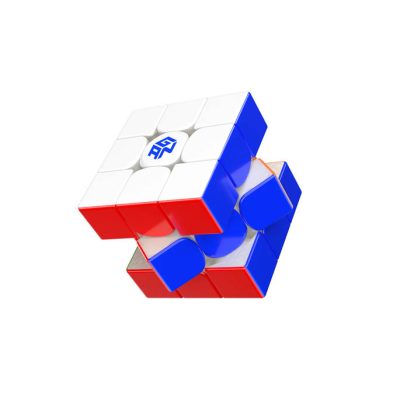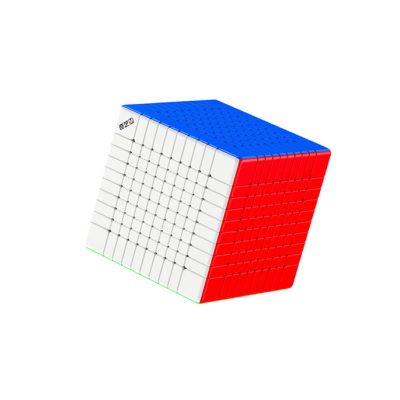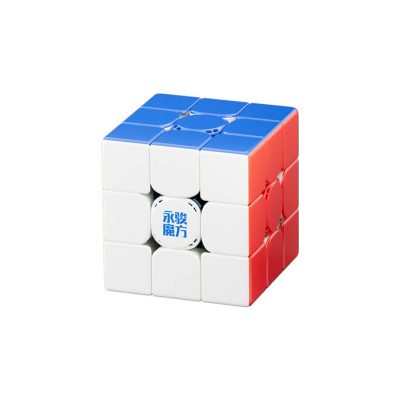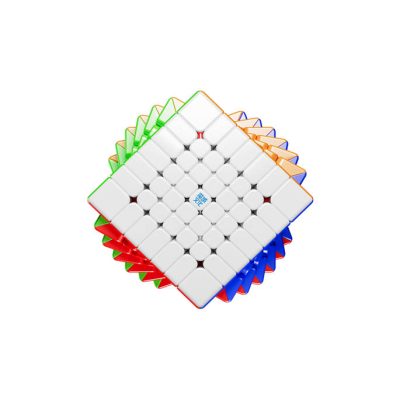-
 Dave Vinke
Dave Vinke
- Leestijd: 5 min
- Laatst geüpdatet: 13/10/2025
For wooden construction kits, you need specific tools that differ from regular hobby activities. The basic equipment consists of sandpaper in various grits, wood glue, precision knives, small saws, and brushes for finishing. These tools ensure that your components fit precisely and your project achieves a professional appearance.
Which basic tools are absolutely essential for wooden construction kits?
For every wooden construction kit, you need five essential tools: sandpaper (grits 220-400), wood glue, a sharp craft knife, small files, and thin brushes. This basic toolkit ensures you can perform all standard operations needed for a successful project.
Sandpaper is crucial because wooden components often have small imperfections that need to be smoothed out. Start with coarse-grit paper (220) for shape corrections and progress to fine-grit (400) for smooth finishing. Wood glue is specifically developed for wood-to-wood joints and dries stronger than regular all-purpose glue.
A good craft knife with replaceable blades helps with precisely cutting small components and removing glue residue. Small files are indispensable for adjusting holes and grooves that are slightly too tight. Thin brushes ensure accurate paint application in small corners where rollers can’t reach.
Additional useful tools include a small metal ruler, tweezers for handling small parts, and a hobby saw for any necessary adjustments. This expansion of your toolkit makes the work significantly easier and more precise.
What’s the difference between tools for beginners and advanced users in wooden model making?
Beginners can start perfectly well with good quality basic tools, while advanced model makers invest in precision instruments like mini drill machines, airbrush systems, and professional sanding blocks. The difference lies mainly in precision, speed, and refinement of the final result.
As a beginner, you focus on learning basic techniques with simple, reliable tools. A standard craft knife, hand sandpaper, and regular brushes are sufficient to achieve beautiful results. The investment remains limited while you discover whether model making truly becomes your hobby.
Advanced hobbyists upgrade to specialized tools that provide more control and better results. A mini drill machine with various bits creates perfect holes for details. Professional sanding blocks give a more even finish than manual sanding. Airbrush systems ensure flawless paint layers without brush strokes.
The right time to upgrade is when your basic tools begin limiting what you want to achieve. If you notice that manual sanding is too coarse for fine details, or that brushes leave streaks where you don’t want them, then it’s time for better tools. Invest gradually and choose quality over quantity.
How do you choose the right glue and finishing materials for your wooden construction kit?
For wooden construction kits, use PVA wood glue for structural connections and acrylic paint for finishing. PVA glue dries clear, is strong, and easy to work with. Acrylic paint covers well, dries quickly, and is simple to clean with water during work.
When choosing glue, distinguish between different types for specific applications. PVA wood glue is ideal for most connections because it penetrates deep into the wood and forms a strong bond. For components that might need to be disassembled later, use reversible glue. Cyanoacrylate (super glue) is handy for quick, small repairs but less suitable for large surfaces.
For paint finishing, your desired end result determines which products you choose. Water-based acrylic paint is user-friendly and suitable for most projects. Enamel paint provides a harder, glossier finish but is more difficult to work with. Stain keeps the wood grain visible while adding color.
Lacquers and varnishes protect your finished project against wear and moisture. Matte lacquer gives a natural appearance, while high-gloss lacquer provides a luxurious, mirror-like finish. Always apply multiple thin coats instead of one thick coat for the best results.
What common mistakes can you avoid when choosing model making tools?
The biggest mistake is immediately buying the cheapest tools without considering quality. Cheap craft knives become dull quickly, sandpaper falls apart, and poor brushes leave hairs behind. Better to invest in a few good basic tools than in many poor-quality tools.
Many beginners buy too many different tools at once without knowing what they really need. Start with the essentials and gradually expand your collection based on experience. This prevents unnecessary expenses and a cluttered workspace full of unused items.
Another common mistake is ignoring ergonomics and comfort. Tools that feel uncomfortable in your hand cause quick fatigue and less accurate work. Test tools where possible before buying them, especially for more expensive purchases.
Many hobbyists also forget the importance of good storage and maintenance. Tools that are carelessly stored break faster and get lost when you need them. Invest in a good toolbox or case to keep everything organized and in good condition.
When expanding your hobby to more complex projects, you might discover the extensive collection of model making products that are available. For specific wooden projects, you’ll find specialized wooden construction kits that perfectly match your growing skills and tool collection.
Frequently Asked Questions
How often should I maintain and clean my tools?
Clean your tools after each use to remove glue residue and paint splatters. Sharpen craft knives when they become dull, replace sandpaper once it becomes smooth, and wash brushes immediately after use with warm water (acrylic paint) or white spirit (enamel paint). Good maintenance significantly extends their lifespan.
What should I do if components of my construction kit don't fit perfectly?
Always start by carefully sanding with fine-grit sandpaper (400) to improve the fit. Use small files for holes that are too tight and craft knives to remove small protrusions. Never force components - this can lead to breakage. A good fit is essential for strong glue joints.
Can I use regular all-purpose glue instead of special wood glue?
All-purpose glue is less suitable because it doesn't penetrate deep into the wood and forms a weaker bond. PVA wood glue is specifically developed for wood-to-wood connections, dries clear, and provides flexible yet strong joints. For the best results and durability, wood glue is worth the investment.
How do I prevent paint from running into small details and corners?
Use thin brushes and apply multiple very thin coats instead of one thick coat. Let each coat dry completely before applying the next. For extra control, you can use masking tape to create sharp lines. Always work from light to dark colors in multi-colored projects.
What workspace and lighting do I need for precise model making work?
Ensure a stable, flat workspace at comfortable height and good lighting without shadows. A desk lamp with LED light provides bright, white light that displays colors naturally. Place a cutting mat down to protect your work surface and ensure good ventilation when working with glue and paint.
How should I store my opened glue and paint?
Always close tubes and jars properly and store them at room temperature, away from direct sunlight. Clean the edges of jars before closing to prevent drying out. PVA glue can stay good for months, but check regularly for drying out. Acrylic paint that becomes too thick can be thinned with a few drops of water.
Table of contents
Much viewed
More blogs
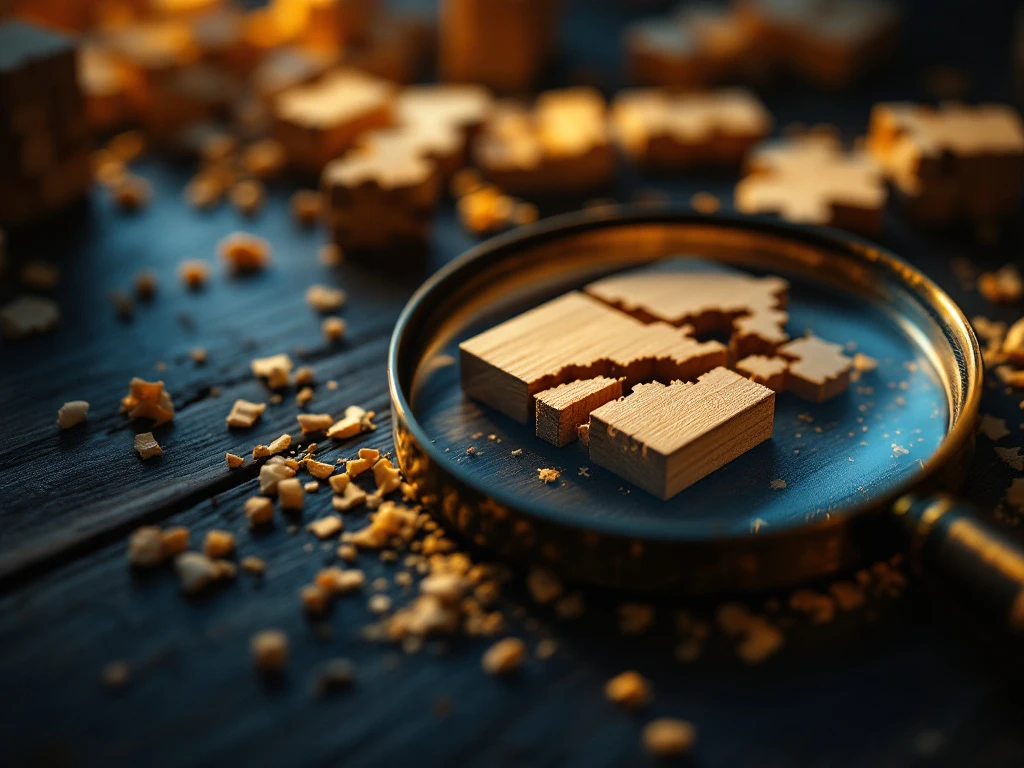
What are the risks of wooden building kits?
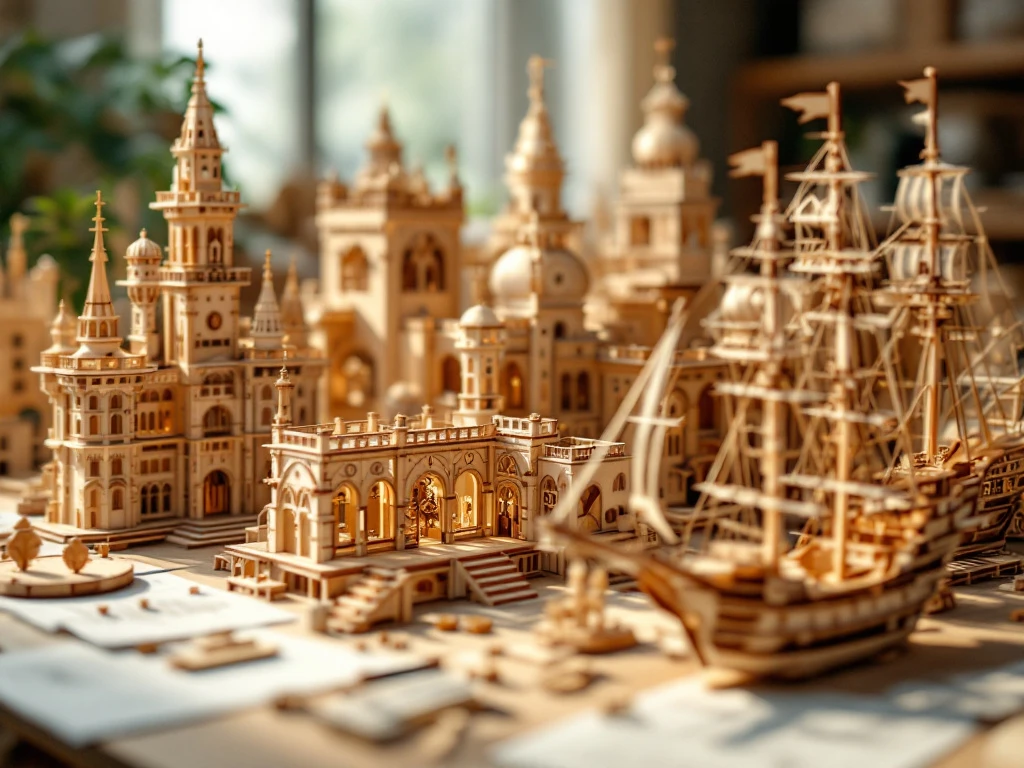
What complex wooden building kits are available?
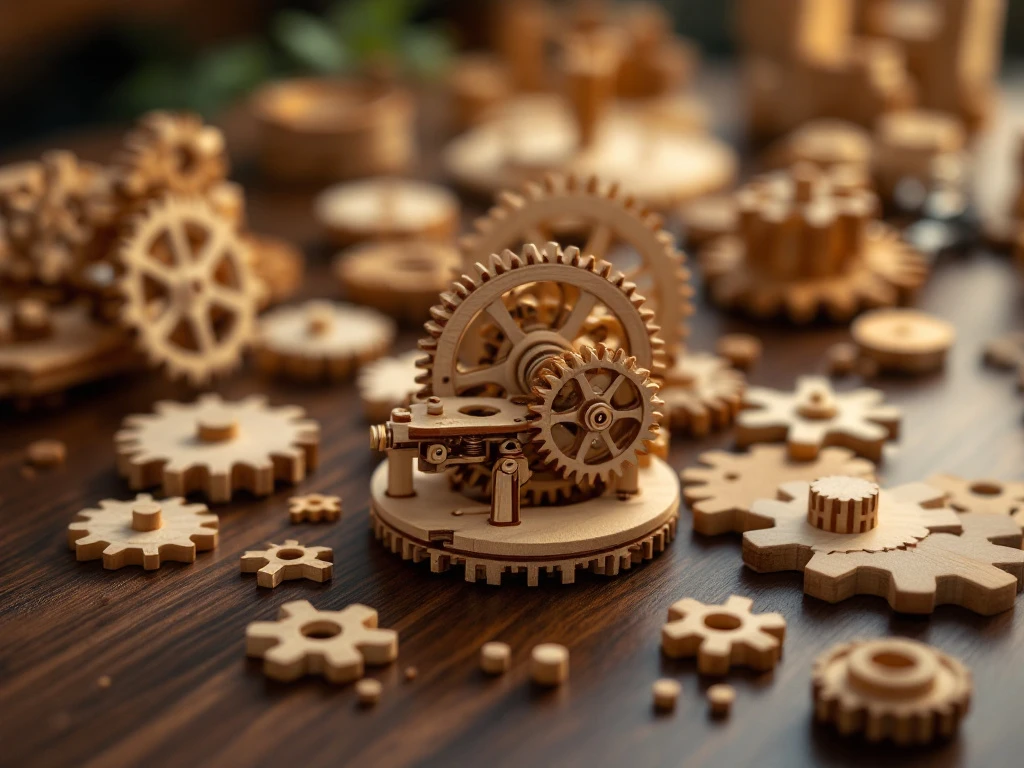
Which wooden building kits are suitable for adults?

